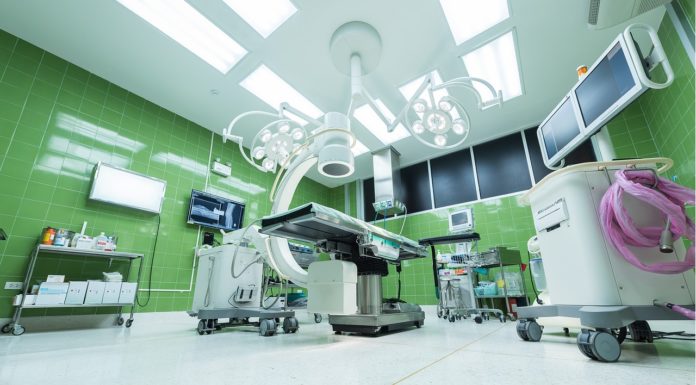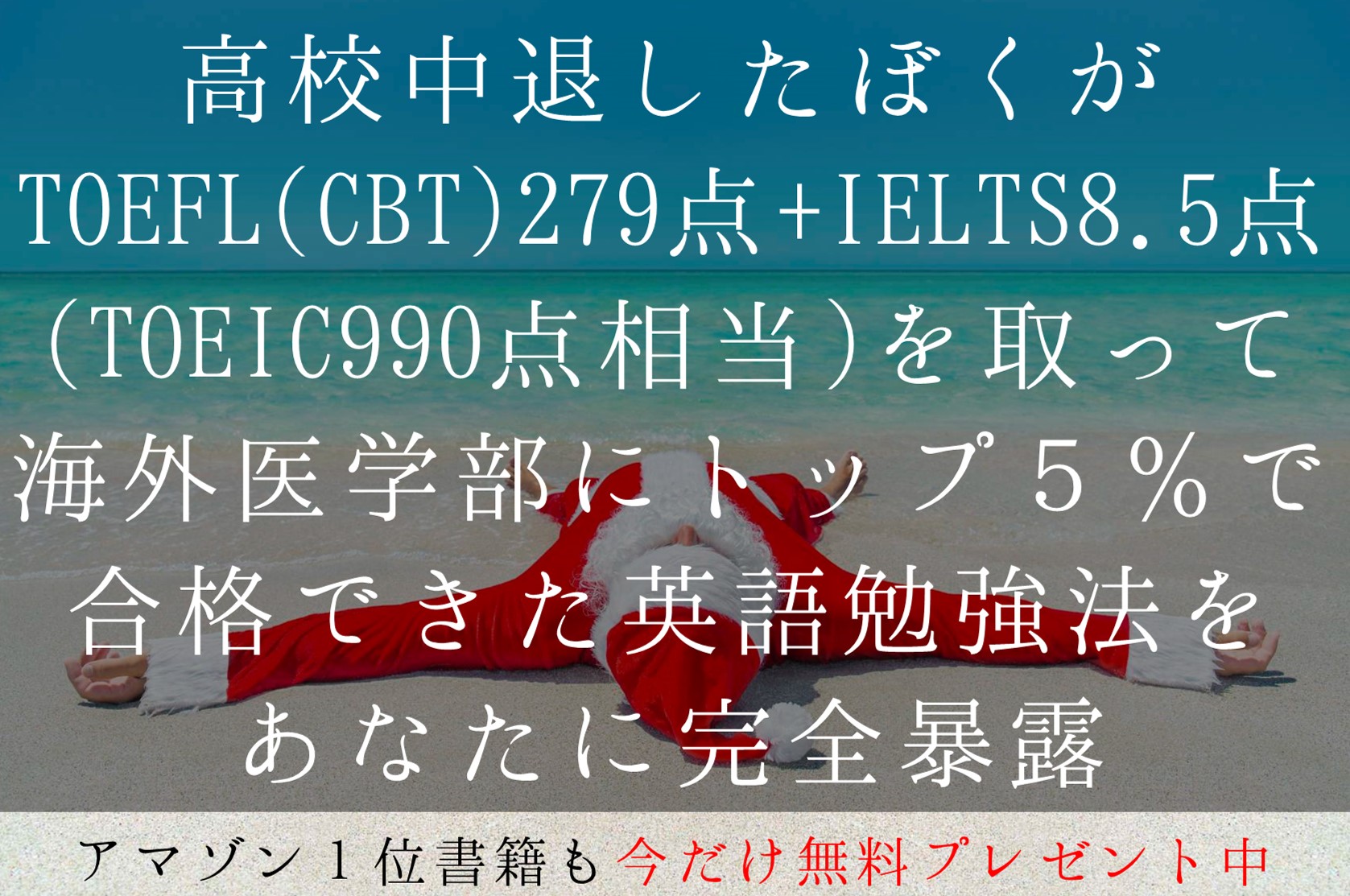過去の記事「オーストラリアの医学部、最終学年の4発目の研修先は脳神経外科」で、ぼくは脳神経外科で研修していることを告げた。
時間が経つのは本当に早いもので、もうすでに3週間が過ぎてしまった。ここらへんで、ちょっと一息をついて、自分が脳神経外科で何をやっているのかを振り返ることにする。
ぼくの Reflective Writing が、海外でお医者を目指している医学生、もしくは海外の医学部に行こうと思っている読者のためになれば幸いである。
注意:文章はぶっつけで書いたもので、見直ししているわけではない。文法やスペリング、そして構造や意味などに至らない点があるかもしれない。その時は、「そこの英語、間違っているよ」とご鞭撻いただきたい。
Meeting Professor Lee in theater and Discussion on my goals during the placement
My degree was the bachelor of Neuroscience. I worked at RIKEN Brain Science Institute doing research for nearly 8 years. Following my interest in the nervous system, I had chosen Neurology for my elective placement under Professor Allan Kermode at Sir Charles Gardiner Hospital (SCGH) before I started the final year of the medical school. For my final chance to exposure myself to “neuro” medical enterprise, I chose neurosurgery for my selective placement. Professor Gabriel Lee at SCGH kindly accepted me there.
On the first day, after the morning round, a registrar took me to Theater 1, where Professor Lee was performing craniotomy and excision of meningioma on 77 year old lady. As I had entered the theater later, I waited quietly until the end of the surgery. After introducing myself with him, we agreed that the goal of my placement was to improve:
- my clinical skills (history-taking and physical examinations)
- my clinical acumen (especially localization of neurological deficits)
- my procedural techniques (e.g. blood, culture, etc)
- my interaction with the team (including allied health)
- my surgical experience (optional)
Morning rounds and what I did
Morning rounds started between 6:30 and 7:30am. Usually, a team of Dr. Russell Payne (neurosurgery fellow), Dr. Hari Ramakonar (trainee), Dr. Roshitha Bakmeedeniya (registrar) and one or two RMOs (Resident Medical Officers) updated on patients on the ward list, and discussed what needed to be done during the day. Sometimes, new admissions, which were not on the list, were notified to the entire team.
After the discussion, the team started the morning round from the Intensive Care Unit, and went 5th floor and sometime 6th floor. Rather than following the team as a bystander, I attempted to make myself useful by collecting the patient note, reporting their vital signs, bowel movements and fluid balance. When indicated, for example hypotensive patient on ACE inhibitor, I asked the team whether medication needed reviewing. Although most of the discussions between doctors were admittedly beyond my comprehension, I did my best to make the best of the morning rounds by asking questions. Also, I always checked the patient’s condition and wrote a tick next to their names on the list, if they seemed suitable for my history-taking and/or examinations. This way not only allowed me to plan ahead what I wanted to do but also saved my time on the ward. I felt I could waste so much time if I have no clear goals as a medical student.
After morning rounds and what I did on the ward
There were mainly two task I promised myself to do on the ward after the morning round.
First, based on my own assessment during the morning round, I approached the patients suitable for history-taking and physical examinations. I always followed the format of the comprehensive history, but paid extra attention to the nature of the presenting complaint, as my goal of history-taking was to localise a deficit within brain or spinal cord responsible for the patient’s neurological symptom(s). I attempted to have a differential diagnosis in my head before I moved on to the physical examination. In the beginning, the cranial nerve, upper limb neurological and lower limb neurological examinations were systematically done to refine my techniques, however in the later weeks, I thought about my differential diagnosis first and performed a test relevant to confirm, or refuse, what I thought was causing the deficit. For example, if a patient had complained of leg weakness and shooting pain, I sought to confirm the spinal level of radiculopathy by checking patient’s limb power, reflex and sensation.
Second, when I was not talking to, or performing examinations on, patients, I asked doctors and nurses on the ward if there were any procedures needed to be done. I collected the bloods and cultures on my own, placed numerous venous catheters. Also, I assisted in bladder catheterizations and lumbar punctures. Every time I was observing a procedure, I told myself “you’re going to be doing this soon on your own, Hiro, so learn, learn, learn!” I am very grateful for all the doctors and nurses who showed me to do the procedures.
Pre-admission clinics
When I was not on the ward, I often followed RMO to the pre-admission clinic. I was given opportunities to take a history focusing on the presenting complaints and targeted physical examinations. I received constructive feedback from RMO. The patient’s previous anaesthesia and the adverse event, if any, were asked, and the level of control of comorbidities assessed. Also, I was particularly interested in how long patient needed to be off anti-coagulants before surgery actually took place. I learnt that patient usually waited roughly 5 to 6 rounds of 1/2 life of a particular anticoagulant patient was on. Also, INR was always checked just prior to surgery.
Another vital part of the pre-admission was obtaining a consent from patient. This means the patient was informed of the nature of the surgical procedure, the reason for the surgery, the risks and the benefits. I never saw doctors explaining to patient the alternative to surgery. This is most likely due to the fact that all the patients I encountered in the pre-admission clinic were “elective” patients.
Although I had never seen one case where decision for surgery was made by a person other than patient himself/herself, I thought how important it was to have in place an advanced health plan, an enduring power of attorney, or the next of kin in order to make a decision appropriate for patient with brain damage and consequent impairment of cognition and emotion.
Clinics
I also went to the neurosurgery clinic. Most of the time, I sat in the corner of the clinic room and observed the conversation between doctor and patient (and his/her company). My focus was to learn what questions patients frequently asked in the clinic. This answer is; it depends, as most of the medical cases. However, most of the patients were asking questions on how the ongoing symptoms (especially pain) could be managed and what the follow-up appointments entailed. On more than one occasion, I saw patients dissatisfied with the surgical outcome and the management plan of the ongoing symptom. This dissatisfaction seems to have been exacerbated by a long wait time for their clinic appointment. I wonder if patient needs to be explained as to why a clinic appointment is made 2~3 months after the surgery, not earlier, before being discharged post-op. Patients seem to think the wait is due to the cue of other patients waiting for clinic appointment, rather than the time necessary for healing of the tissue to occur post-operatively.
Like pre-admission clinic, I was given opportunities to perform targeted physical examinations and received the feedback from doctors as to improve my technique. I am very grateful for the feedback I received.
Theatre
My priority was the ward where I practiced my history-taking, physical examinations and the procedures. However, whenever possible, I went down to theatres to observe neurosurgical operations. Due to the gravity of surgery, I felt I should not disrupt concentration of the surgeons by my questions. So, I remained silent until I was spoken to. This approach was, I believe, a double-edge sword. Question almost always indicates curiosity, and the lack of it indifference. I was very curious but I was also conscious that the surgery I was witnessing in front of me may determine the gain, or loss, of patient’s significant function, or life or death. I chose patient’s best outcome as my priority. I still do not know the best way to maximize my learning in theatre while maintaining the best outcome possible for patient.
Encounter with allied health (physio, OT, speech path)
During the ward rounds, I met many allied health professionals. I took a chance to see whether I could observe what they did and how their work contributed to the management of patients. I was invited to physiotherapy and speech therapy for post-op patients with tumour removal. I thought physiotherapist and speech therapist are more closely involved with patient’s care than doctors, and they had more tangible goals (e.g. rehabilitation for limb movement or swallowing) for patient’s activities for daily living. I realized their significant contributions as many patients are concerned with everyday functionality than the mere medical testing results.
I participated in one family meeting for a palliative care patient with brain tumour resection, where all the health professionals involved come to have a discussion with patient’s family members. Allowing the family members to express their concerns for patient prompted a more goal-directed plan for management. Also, all the medical professionals expressed their points of view, allowing family members to see that the patient were looked after at various levels. The knowledge that the patient received the multi-disciplinary treatment appears to have reduced the negative feeling associated with the process of death and dying for all the parties involved.
Obtaining consent as a medical student
During my placement, I was asked by RMO to obtain a consent from patient’s family member over the phone. The first consent was for intra-articular steroid injection and blood transfusion. The second consent was for lumbar puncture. In both cases, I introduced myself as a student doctor from the neurosurgery, explained what was happening to the patient, why the procedures were suggested, how the procedures were performed, and what risks were involved. I feel I explained to my best knowledge and always made sure the person on the phone had a chance to ask me questions.
I did question myself whether I should be the one obtaining a consent, but I told myself “I will be doing this sooner or later, so just do it.” I am confident that my consent process was done adequately. However, a senior nurse later raised an issue as to whether student doctor should be obtaining a consent at all. I perfectly understood nurse’s concern for patient and his family as well as for hospital. What I could have done better was to build sufficient rapport and trust with the medical team in advance, so that my consent process would have been perceived as an important learning step for medical student, rather than a concern for how medicine is practiced in SCGH.
Moment of reflection
During my placement, there was a young male patient in ICU with significant venous intracerebral haemorrhage. Although he was not a patient of the neurosurgery team A, I learnt that the patient was actually a friend, and a fellow doctor, of Dr Chang Mien Chew, the RMO I shadowed in the first week of my placement. I must admit I had an unreasonable and unfounded reaction to young (late 20s) doctor dying. Intellectually, I know death falls upon every one of us at some point in life, and it is the matter of how early or late it comes. But emotionally, I felt cheated to see a doctor facing death at such a young age. This encounter has led me to ponder; at what age would I feel not cheated when death taps on my shoulder? Is it really age that matters? Or something else? I have no concrete answers to these, but I think it is very important to ask these questions, as it helps prepare myself for my own demise as a doctor and a person.

